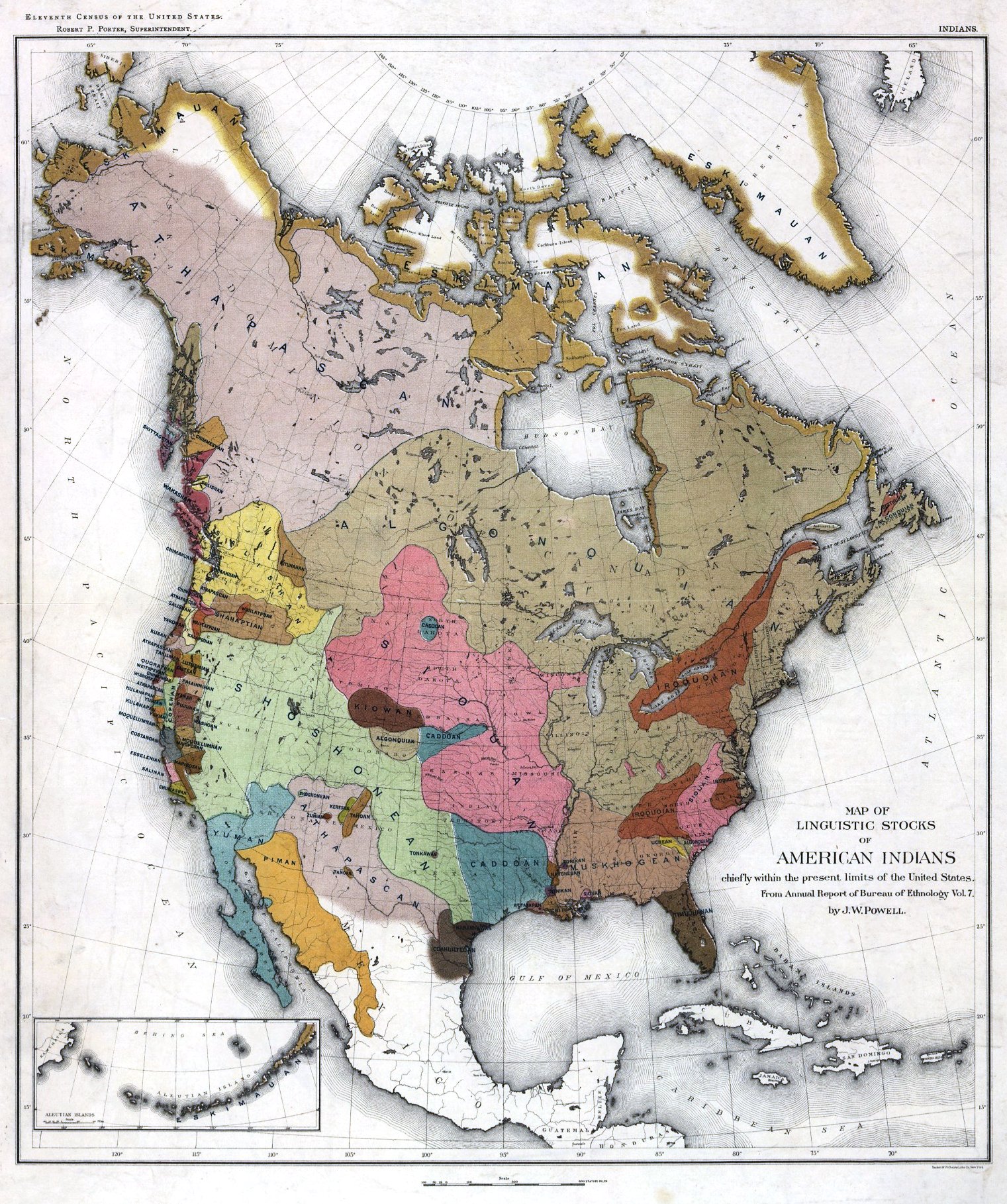Praetyre
King
Well whatever a tie between Olmec and Polynesian makes no sense. I do not know where you are getting that from. Olmecs are the homegrown people of the region and do not have a anything to do with polynesian.
I have heard that the present two competing hypothesis regarding the origin of the Polynesian people place them either as the descendants of Taiwanese aborigines or Mesoamerican peoples. Many Olmec statues strongly resemble Polynesian and African facial features, and I'm certainly not the first to speculate on the matter. It's a bit off topic, though, since that particular origin is probably too much in dispute to fit into an early plan like this.
Japan's original inhabitants came from Asia, and then the language was swallowed up by the later Chinese immigrants. Japan only has any influence in Austronesian languages because of later events.
Could you be a little more specific as to what part of Asia the Jomon people originated from? We are talking about the world's largest continent here. I agree with you on the linguistic front; still, this Wiki article makes an interesting alternative case in it's own right.
The Pacific Islanders have been sorta isolated for a while linguistically. Then a rapid influx from later languages.
I presume here you refer to European colonization?
There are plenty of Mesoamerican people with very significant contributions to the scene. For example vanilla comes from Mesoamerica forget which group it was right now. I always wanted a real scenario for the different groups.
There certainly are, but I don't see why having them all spring off Clovis is any odder than having PIE's spawn most modern day European civs.
It it makes you feel better I have recently looked at how the first people populated the Americas.
I was under the impression that the first Amerindians were Siberians who walked across the frozen Bering Strait 30-50,000 years ago. No expert on the subject, though, so if subsequent scholarship has rendered this outdated then feel free to correct me.
It was by boat probably, but only from north Asia.
When are we talking? I thought boats (as in canoes, not barges) were developed in the early Neolithic or very late Paleolithic, well after the Americas had been populated.
The Austronesian developed later then people i thought were entering North America. There are multiple waves of language groups entering North American like the Na Dene. They occur a different periods.
http://en.wikipedia.org/wiki/Na-Dene_languages
Anyway none of it is simple to fit to the civilizations selected by the game. You have to discard a lot of people in between, but I would not stretch things way out that do not link up.
Well, if the in-between people don't have a C2Cable culture with it's own unique buildings and units, it's probably safe to have a direct line going from Clovis to, say, Cherokee and mention these earlier peoples in the context of the dynamic civ names (Pre-Jomon for Prehistoric Japan, for instance).

